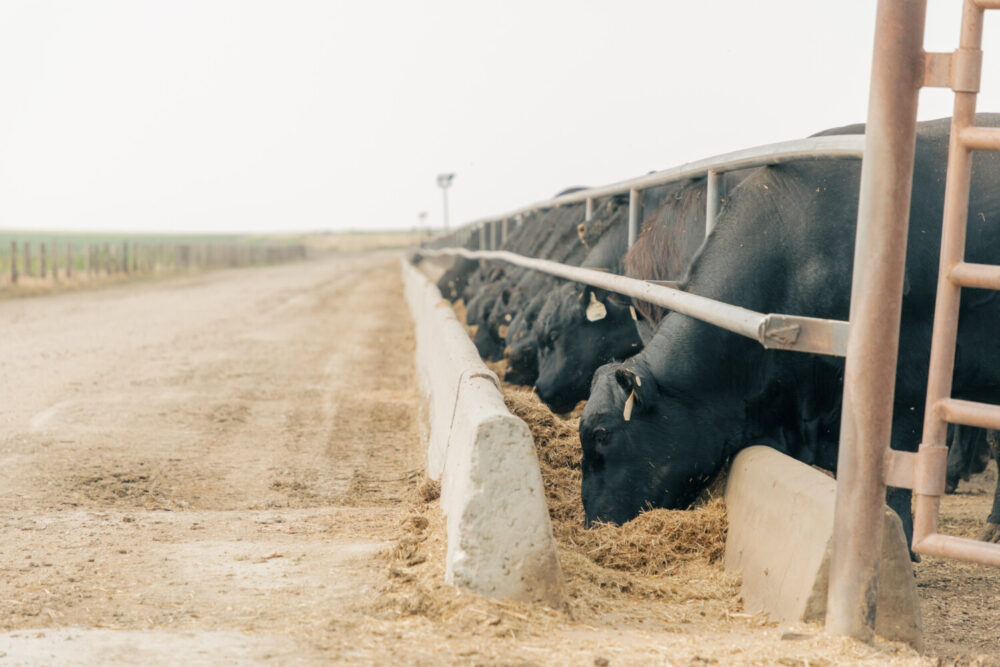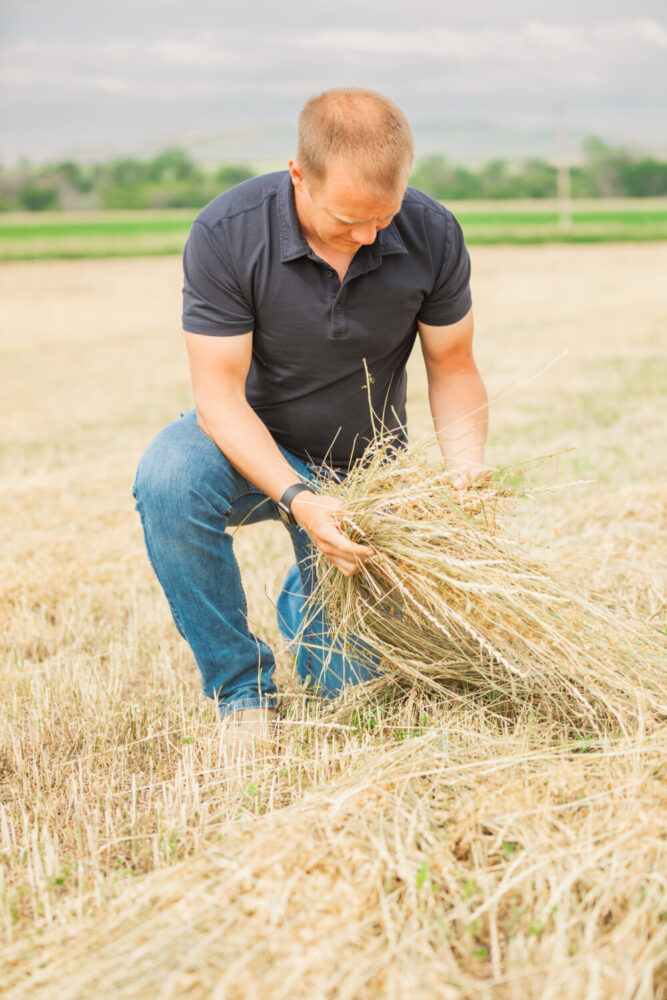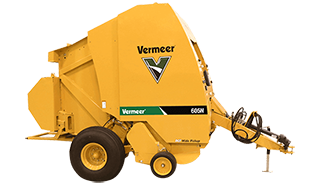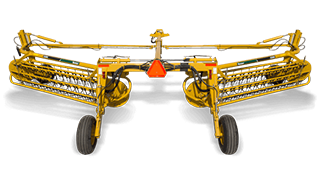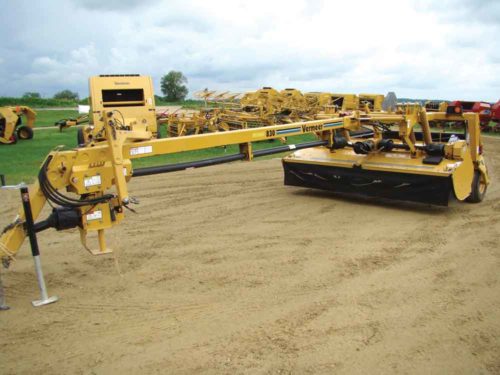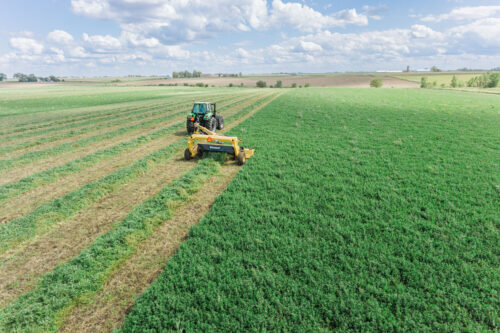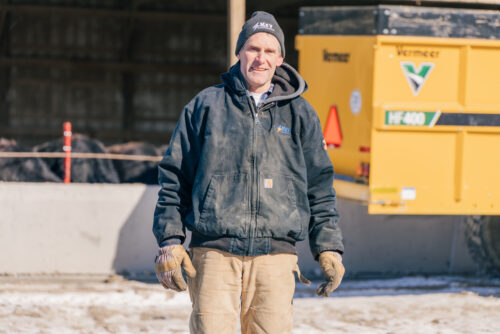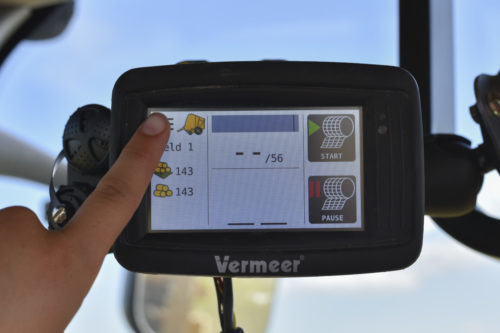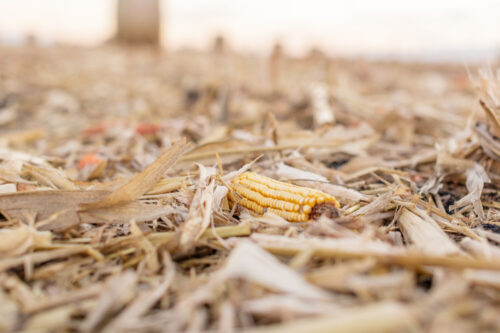Jorgensen Land & Cattle – A Story of Excellence and Innovation
March 2024
Nestled in the heart of South Dakota, Jorgensen Land & Cattle has been a staple in the nation’s beef industry for more than 60 years. Martin Jorgensen Sr. and his family homesteaded land in 1909 near Ideal, South Dakota, as a diversified cattle and turkey operation.
After the turkey operation helped the family through the Great Depression, the operation took focus on expanding the cattle side of the business.
In search of a better way
Always in search of a better way to get their work done, Martin Jorgensen Jr. eventually adopted a performance-based, line-breeding program and established their herd as “the source” for beef cattle genetics in the United States.
“If you look today at the Angus breed, 94% of all registered Angus cattle will have a pedigree that touches a bull bred or owned by Martin Jorgensen,” said Nick Jorgensen, chief executive officer of Jorgensen Land & Cattle and fourth-generation family member.
Today, Jorgensen Land & Cattle focuses on Black Angus bulls. As the largest seedstock producer in the United States, they sell or lease more bulls than any other operation in the country. In fact, this year they plan to market over 6,000 bulls to customers across the country. They also farm about 12,000 acres that are almost entirely dedicated to supporting their bull feedlot.
Those customers know Jorgensen Land & Cattle for their superior Angus herd, certified seed business and for being a leader in soil health. Nick credits most of their success to being a family operation rooted in a tradition of excellence and innovation.
Generations of innovation
That innovation drives a lot of what they do daily to make sure the operation is running as smoothly and efficiently as possible.
“I would say that in a lot of instances, we find ourselves on the bleeding edge of innovation,” Nick explained. Of course, one of the most prevalent examples of that innovation on the operation was the adoption of the performance breeding program, but it doesn’t stop there.
The operation uses virtual fencing in segments of their cowherd. They’ve developed their own genetic evaluation — Ideal Beef Genetics — which combines industry-leading genetics and technology to empower cattlemen to unlock the potential in their herds. They were also an early adopter of no-till practices more than 30 years ago — something that was almost unheard of at the time.
“We’ve been no-till since 1991,” Nick said. “One of the things that’s really critical and paramount to our farming operation is a focus on soil health.”
Efficiency is key
That focus on soil health allows the farming operation to grow enough to feed the bulls. Since nutritional demands are different for bulls in a breeding program like the ones at Jorgensen Land & Cattle, they treat them like athletes and feed a high-protein diet made up of different grains and forages. As one can imagine, it takes a lot of feed to support the herd — and a lot of time is spent harvesting the grain and forages it takes to do so.
“When it comes to getting forages put up, the most important thing for us is getting done as quickly and efficiently as possible,” said Nick. “That’s largely dictated by the equipment you’re using.”
The operation has focused the last five to 10 years looking for the best, most efficient equipment they can find. With the help of their trusted dealer, they were able to accomplish that goal. Today, they run a Vermeer ZR5-1200 self-propelled baler, 605N baler and a R2800 twin rake, all of which they’ve had great success with.
“They’re just better,” Nick said. “There’s not a doubt in my mind that they’re a better piece of equipment than what you can get from a competitor.”
Comfort, speed ease of use
The ZR5-1200 — the first self-propelled baler introduced to the forage market —has allowed them to be more efficient in the field and get more bales put up in less time. A few things they’ve noticed on the operation with the addition of the self-propelled baler have been operator comfort, speed and ease of use.
“The machine is extremely comfortable to run. There’s a lot of things from an operator comfort perspective that just make baling hay day in and day out more efficient,” Nick said.
The ZR5-1200 minimizes bumps along the way and handles uneven ground conditions with ease due to the cab being uniquely positioned over a patent-pending suspension system. The need to turn around while baling is minimized with cameras that show the operator the baler pickup and rear view of the machine on-screen from the comfort of the cab.
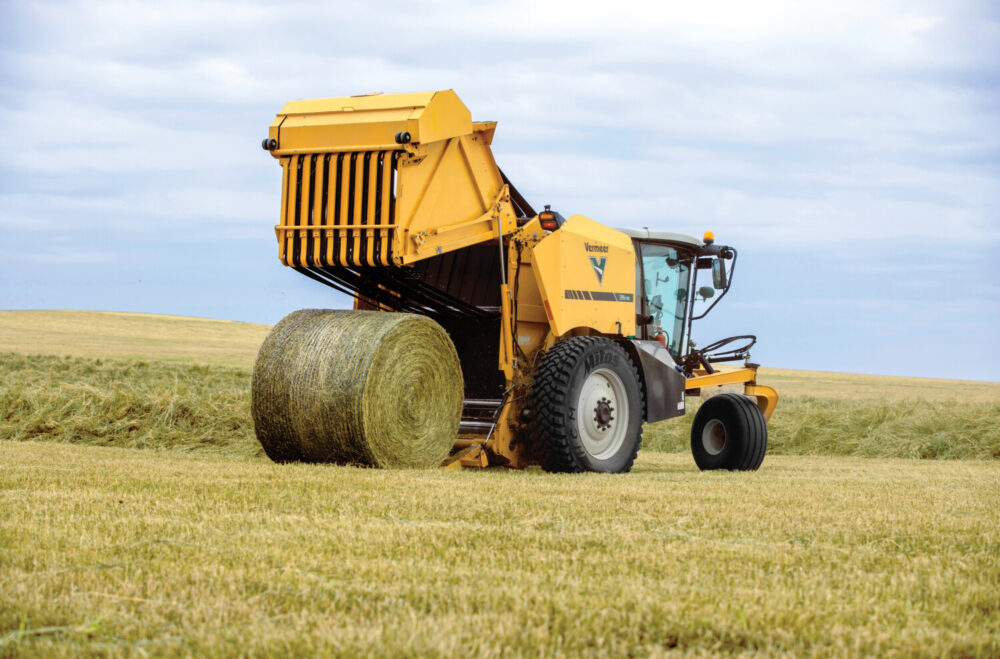
“[When] you’re more comfortable, you’re going to stay in the seat longer, therefore you’re going to put up more bales,” Nick explained.
The ZR5-1200s zero-turn capability and speeds of up to 12 mph (19 km/h) in the field and up to 34 mph (55 km/h) in transport contribute to time savings while baling and going between fields.
“You can also move faster. You can cover more ground in a day,” said Nick. “That’s downtime that you’re saving, so you’re going to get more done.”
Another benefit Nick values about the ZR5-1200 is the ease of operation.
“We’ve added a lot of people to our teams in the last few years — that requires us to put people in machines that maybe aren’t as seasoned,” Nick explained.
By automating parts of the baling process, the ZR5-1200 helps reduce the number of manual steps to make a bale to just one step. When you choose to bale in automatic mode, the ZR5-1200 control system, paired with a hydraulic drive system, can make real-time adjustments based on field and crop conditions and can even open and close the tailgate automatically.
“I don’t know that there’s a better machine out there that I would trust for a green operator to get into than a ZR5 because a lot of it is figured out for you,” Nick said.
Focus on what matters
At the end of the day, there’s plenty of work to be done at Jorgensen Land & Cattle — putting up quality forages is just a part of it. Nick believes they are better equipped to accomplish their daily tasks due in part to the yellow iron on their operation.
“Vermeer products are a big reason that we can get more done in a day.”
To learn more about the ZR5-1200 self-propelled baler and other Vermeer hay tools, click here.
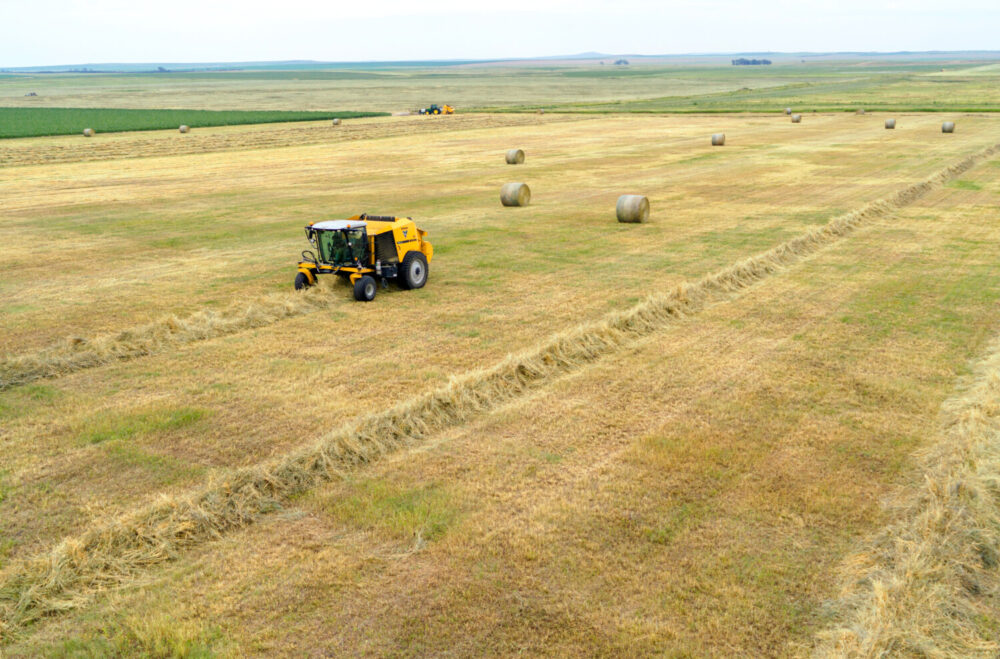
***
Information noted above was gathered from a third party who was advised his/her experience might be featured in marketing materials. This article contains third-party observations, advice or experiences that do not necessarily reflect the opinions of Vermeer Corporation, its affiliates or its dealers. Individual results may vary based on care and operation of machine and crop and field conditions, which may adversely affect performance.
Vermeer Corporation reserves the right to make changes in product engineering, design and specifications; add improvements; or discontinue manufacturing or distribution at any time without notice or obligation. Equipment shown is for illustrative purposes only and may display optional accessories or components specific to their global region. Please contact your local Vermeer dealer for more information on machine specifications.
Vermeer, the Vermeer logo and Equipped to Do More are trademarks of Vermeer Manufacturing Company in the U.S. and/or other countries. © 2024 Vermeer Corporation. All Rights Reserved.

